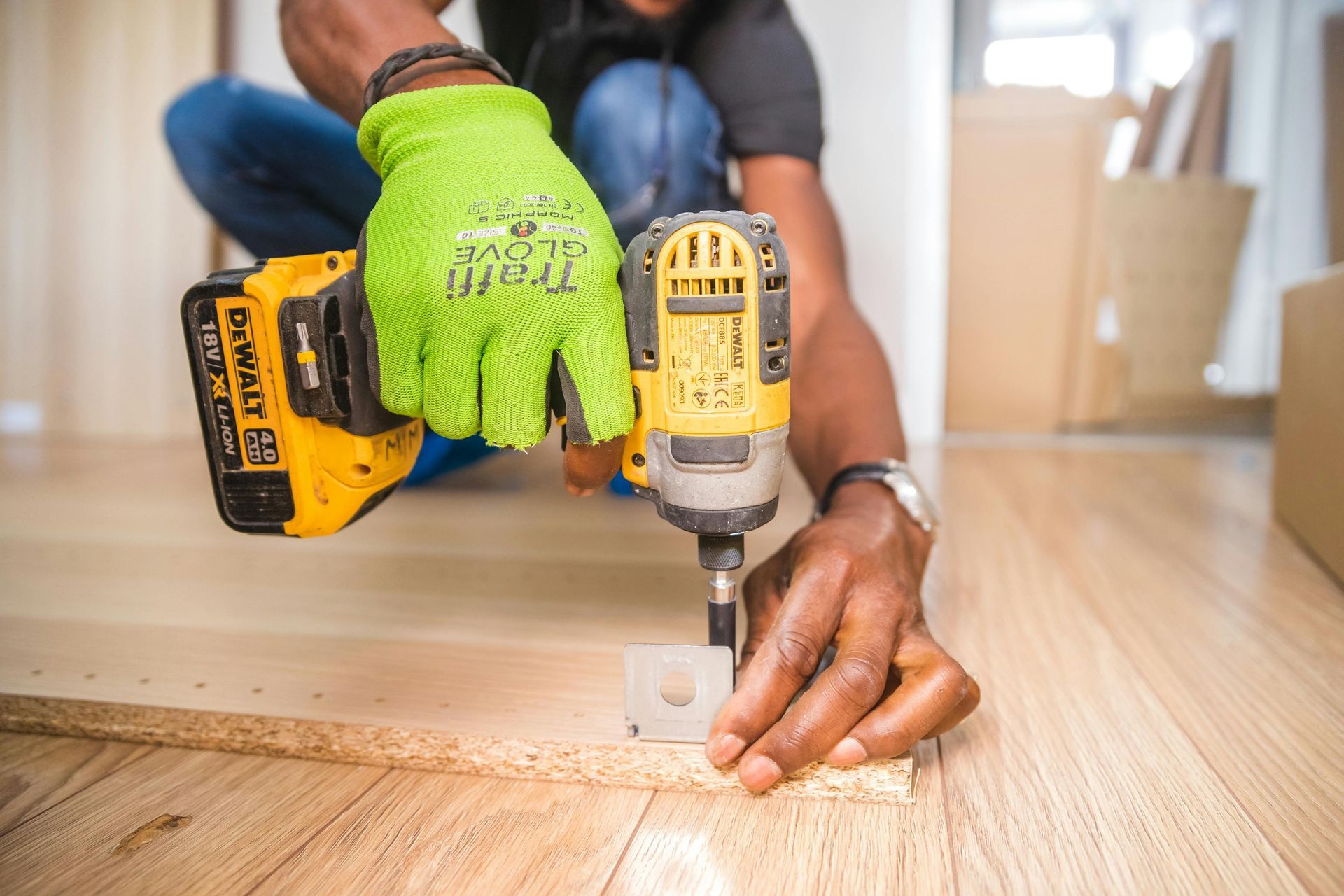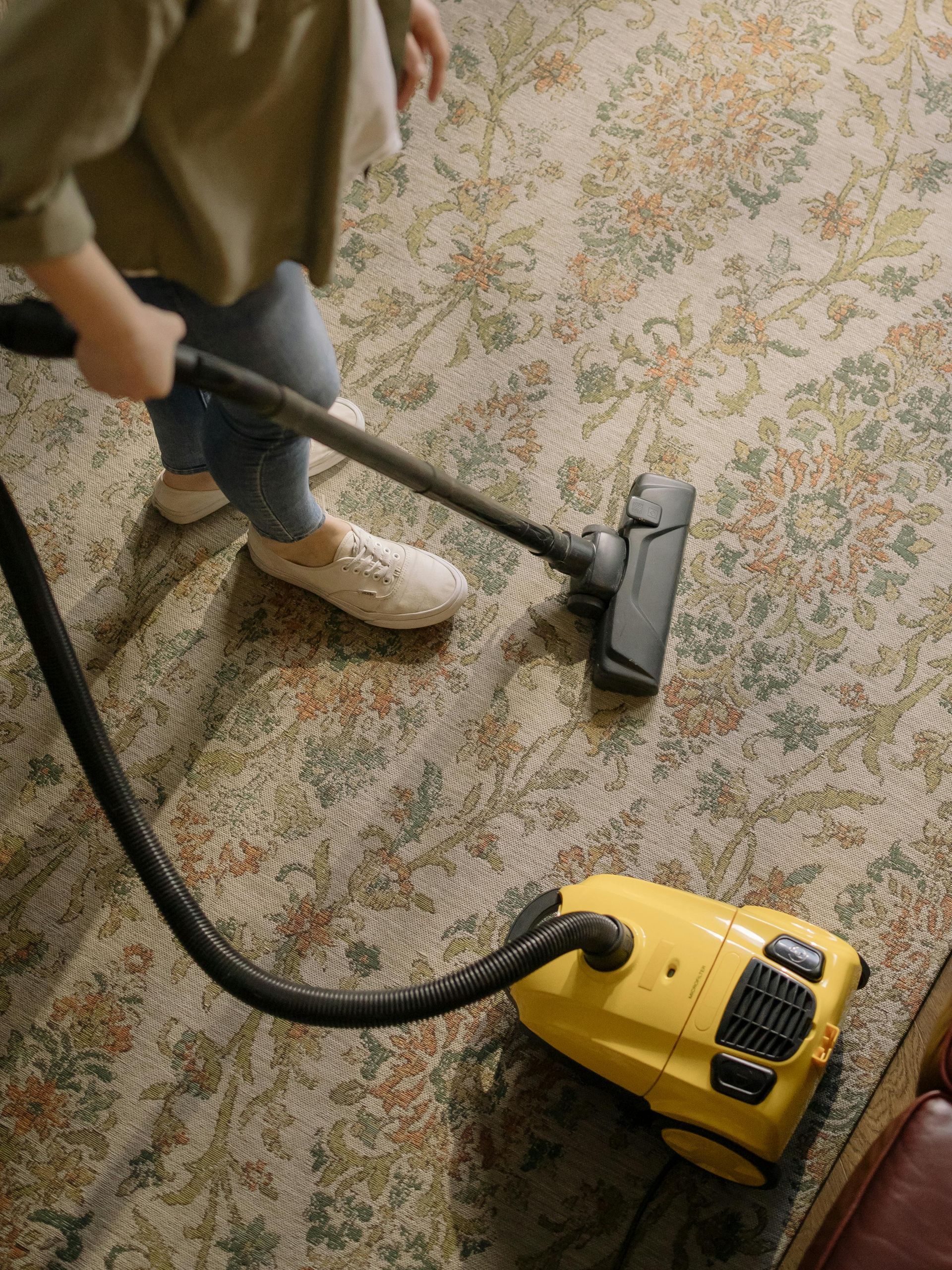Which Timber Installation Suits Your Space?
Choosing the right timber flooring installation method is one of the most important decisions you'll make when renovating or building your home. The installation approach you select directly impacts not only the aesthetic appeal of your space but also the longevity, performance, and maintenance requirements of your timber floors. With various installation techniques available, each offering distinct advantages and considerations, understanding which method suits your specific space requirements is essential for achieving optimal results. Whether you're dealing with concrete slabs, existing timber subfloors, or challenging spaces with moisture considerations, there's a timber installation method designed to deliver beautiful, lasting results. This comprehensive guide will help you navigate the various installation options available, understand their specific applications, and make an informed decision that ensures your timber flooring investment provides years of beauty and functionality in your Australian home.

Nail-Down Installation: The Traditional Choice
Nail-down installation represents the gold standard of timber flooring installation, offering unparalleled stability and longevity for solid timber floors. This traditional method involves securing individual timber boards directly to a wooden subfloor using specialised flooring nails or staples, creating a permanent bond that can last for decades. The technique requires a stable, level wooden subfloor and provides the most authentic timber flooring experience with excellent acoustic properties and structural integrity.
The nail-down process begins with careful subfloor preparation, ensuring the surface is level, clean, and structurally sound. Professional installers use pneumatic nailers to drive fasteners through the tongue of each board at precise angles, securing the timber whilst maintaining the clean appearance of the finished floor. This installation method allows for multiple refinishing cycles throughout the floor's lifetime, making it an excellent long-term investment.
Nail-down installation works exceptionally well in areas with stable environmental conditions and where permanence is desired. The method provides superior resistance to movement and settling, making it ideal for high-traffic areas and spaces where furniture weight and foot traffic demand maximum stability.
Advantages of Nail-Down Installation
The nail-down method offers several compelling benefits for Australian homeowners:
Maximum stability: Direct attachment to the subfloor eliminates movement and squeaking.
Longevity: Properly installed nail-down floors can last 50+ years with proper maintenance.
Refinishing capability: Multiple sanding and refinishing cycles extend floor life indefinitely.
Authentic feel: Solid attachment provides the traditional timber floor experience.
Sound dampening: Direct contact with the subfloor reduces hollow sounds and footstep noise.
Structural integrity: Becomes an integral part of the building structure, adding value.
Ideal Applications for Nail-Down Installation
Nail-down installation proves most suitable in specific scenarios:
- Solid timber flooring projects: Essential for traditional hardwood installations.
- Permanent installations: Where floors won't need removal or relocation.
- High-traffic areas: Living rooms, hallways, and commercial spaces benefit from maximum stability.
- Heritage homes: Maintains authenticity in period property renovations.
- Long-term investments: When maximum floor lifespan and refinishing potential are priorities.
Glue-Down Installation: Versatile and Secure
Glue-down installation offers exceptional versatility, allowing timber flooring to be installed over various subfloor types, including concrete slabs, making it particularly suitable for Australian homes built on concrete foundations. This method uses specially formulated adhesives to bond timber boards directly to the subfloor, creating a stable, permanent installation that works well in challenging environments. The technique provides excellent stability whilst accommodating different subfloor materials and conditions.
The adhesive application process requires precise technique and quality materials to ensure long-lasting results. Professional installers use moisture-resistant adhesives specifically designed for Australian climate conditions, applying them with notched trowels to achieve consistent coverage and optimal bonding. The installation process allows for the immediate securing of boards whilst providing some working time for adjustments and alignment.
Glue-down installation excels in areas where traditional nail-down methods aren't feasible, particularly over concrete slabs or in situations where minimal floor height addition is crucial. The method provides excellent dimensional stability and can accommodate various timber product types, from solid hardwood to engineered flooring options.
Benefits of Glue-Down Installation
Glue-down methods provide distinct advantages for specific applications:
Concrete compatibility: Works directly over concrete slabs without additional subflooring.
Minimal height increase: Adds less floor height compared to floating installations.
Excellent stability: Adhesive bond prevents movement and gaps.
Moisture resistance: Quality adhesives provide a barrier against subfloor moisture.
Sound reduction: Eliminates hollow sounds common with floating floors.
Temperature stability: Less susceptible to expansion and contraction issues.
Optimal Conditions for Glue-Down Installation
Consider glue-down installation in these situations:
- Concrete subfloors: Ideal for slab-on-ground construction common in Australia.
- Moisture-prone areas: When used with appropriate moisture barriers and adhesives.
- Minimal height requirements: Where door clearances and transitions are concerns.
- Commercial applications: High-traffic commercial spaces requiring maximum stability.
- Radiant heating systems: Compatible with in-floor heating installations.
Floating Installation: Modern Flexibility
Floating installation represents the most popular modern timber flooring installation method, offering exceptional convenience and versatility for contemporary Australian homes. This technique involves connecting timber boards without attaching them to the subfloor, creating a "floating" floor that sits atop an underlayment system. The method works exceptionally well with engineered timber products and provides excellent results in various challenging installation scenarios.
The floating installation process relies on precise tongue-and-groove or click-lock connections between boards, creating a unified floor surface that moves as a single unit. This characteristic allows the floor to expand and contract naturally with environmental changes whilst maintaining structural integrity. The installation typically includes specialised underlayment that provides moisture protection, sound dampening, and minor subfloor irregularity compensation.
Floating floors offer remarkable installation speed and can often be completed in a fraction of the time required for traditional methods. The technique requires minimal tools and can be performed over various existing floor surfaces, making it particularly attractive for renovation projects where subfloor modification would be difficult or expensive.
Floating Installation Advantages
The floating method provides numerous benefits for modern homeowners:
Quick installation: Significantly faster than nail-down or glue-down methods.
Subfloor versatility: Installs over concrete, existing flooring, or wooden subfloors.
Cost-effective: Lower installation costs due to reduced labour requirements.
DIY-friendly: Suitable for experienced DIY enthusiasts with proper preparation.
Reversible: Can be removed and reinstalled if necessary.
Immediate use: Floor can typically be used immediately after installation completion.
Best Applications for Floating Installation
Floating installation works exceptionally well in these scenarios:
- Engineered timber products: Designed specifically for floating installation systems.
- Renovation projects: Over existing floors without removal requirements.
- Rental properties: Removable installation option for tenants.
- Concrete slabs: Quick installation over concrete without adhesives.
- Large open areas: Excellent for open-plan living spaces requiring quick completion.
- Budget-conscious projects: Cost-effective option without compromising quality.
Choosing Based on Subfloor Type and Conditions
Your subfloor type fundamentally determines which installation methods are feasible and optimal for your timber flooring project. Concrete slabs, common in Australian construction, present specific challenges and opportunities that influence installation method selection. Understanding your subfloor's characteristics, moisture levels, and structural condition helps narrow down the most suitable installation approaches for lasting results.
Wooden subfloors offer the greatest installation flexibility, accommodating all three primary installation methods effectively. These subfloors provide excellent nail-holding power for traditional installations whilst also supporting glue-down and floating methods when conditions warrant alternative approaches. Proper assessment of wooden subfloor condition, including checking for squeaks, loose boards, or moisture damage, ensures optimal installation results.
Concrete subfloors require careful moisture evaluation and may necessitate specialised preparation before timber installation. Australian concrete slabs can retain moisture for extended periods, particularly in humid climates, making moisture testing essential before any timber installation project. Understanding concrete moisture levels helps determine appropriate installation methods and necessary preparation steps.
Subfloor Assessment Checklist
Evaluate these critical subfloor factors before selecting your installation method:
- Material type: Wood, concrete, or existing flooring surface.
- Moisture levels: Critical for preventing future flooring problems.
- Level variation: Affects installation complexity and method suitability.
- Structural soundness: Ensures adequate support for the chosen installation method.
- Access considerations: Impacts tool requirements and installation approach.
- Environmental conditions: Humidity, temperature stability, and ventilation factors.
Professional Installation vs DIY Considerations
The decision between professional installation and DIY approaches depends heavily on your skills, available time, and the specific installation method chosen. Professional installation guarantees proper technique, warranty coverage, and optimal results, particularly for complex projects or valuable timber species. Experienced installers bring specialised tools, knowledge of local conditions, and problem-solving expertise that can prevent costly mistakes.
DIY installation can be rewarding and cost-effective for floating floor projects, particularly when using engineered products designed for homeowner installation. However, successful DIY projects require careful planning, proper tool selection, and a realistic assessment of your capabilities. Mistakes in timber installation can be expensive to correct and may void product warranties.
Hybrid approaches, where homeowners handle preparation work whilst professionals complete the actual installation, can provide cost savings whilst ensuring optimal results. This strategy allows you to contribute labour for simpler tasks whilst benefiting from professional expertise for critical installation steps.
Making the Professional vs DIY Decision
Evaluate these factors when deciding on an installation approach:
- Project complexity: Simple floating installations vs complex nail-down projects
- Tool availability: Specialised tools may make professional installation more economical
- Time constraints: Professional installation typically completes projects faster
- Warranty considerations: Many warranties require professional installation
- Skill level: Honest assessment of your carpentry and flooring experience
- Mistake consequences: Cost of correcting errors vs professional installation investment
Conclusion
Selecting the appropriate timber installation method for your space requires careful consideration of multiple factors, from subfloor conditions and budget constraints to long-term performance expectations and aesthetic goals. Each installation technique—nail-down, glue-down, and floating—offers distinct advantages that make it suitable for different applications and circumstances. Understanding these differences empowers you to make informed decisions that deliver optimal results for your specific situation.
The investment in quality timber flooring installation pays dividends through years of beauty, durability, and enhanced property value. Whether you choose the traditional permanence of nail-down installation, the versatility of glue-down methods, or the modern convenience of floating floors, proper installation technique ensures your timber floors will provide lasting satisfaction and performance.
Remember that professional consultation can provide valuable insights into the best installation method for your unique space and requirements. Experienced flooring professionals understand local conditions, building practices, and product performance characteristics that influence installation success. Don't hesitate to seek expert advice when making this important investment in your home's comfort and value.
About Castle Hill Flooring
Castle Hill Flooring is Sydney's premier timber flooring specialist, bringing decades of experience and expertise to homes throughout the Castle Hill area and beyond. We specialise in all timber installation methods, from traditional nail-down techniques for solid hardwood floors to modern floating installations for engineered products. Our comprehensive service includes expert consultation to help you select the perfect installation method for your space, professional installation using industry-leading techniques, and ongoing support to ensure your timber floors maintain their beauty and performance. Contact us today to discover how our expertise can bring the warmth and elegance of timber flooring to your space.
Categories
Timber Flooring


